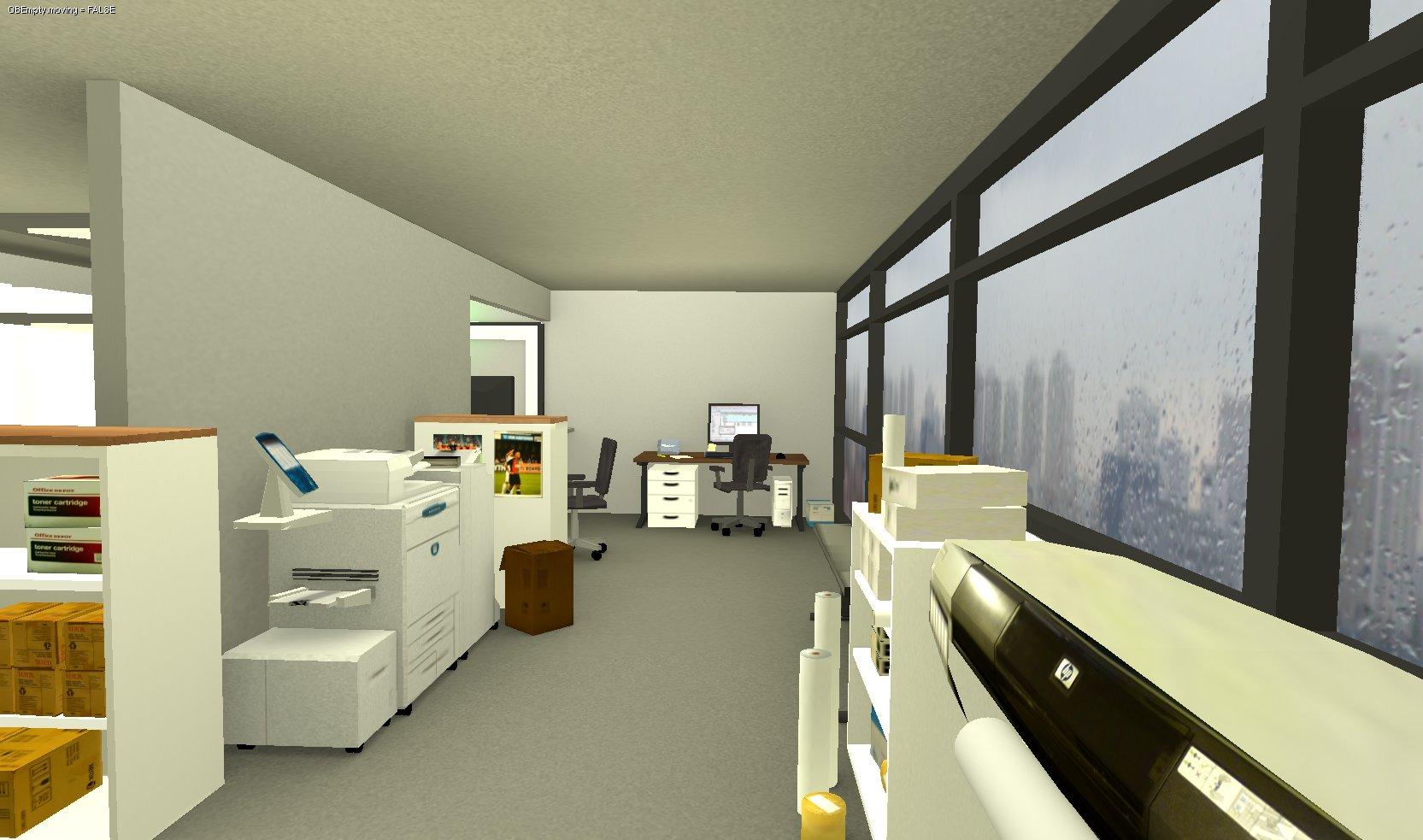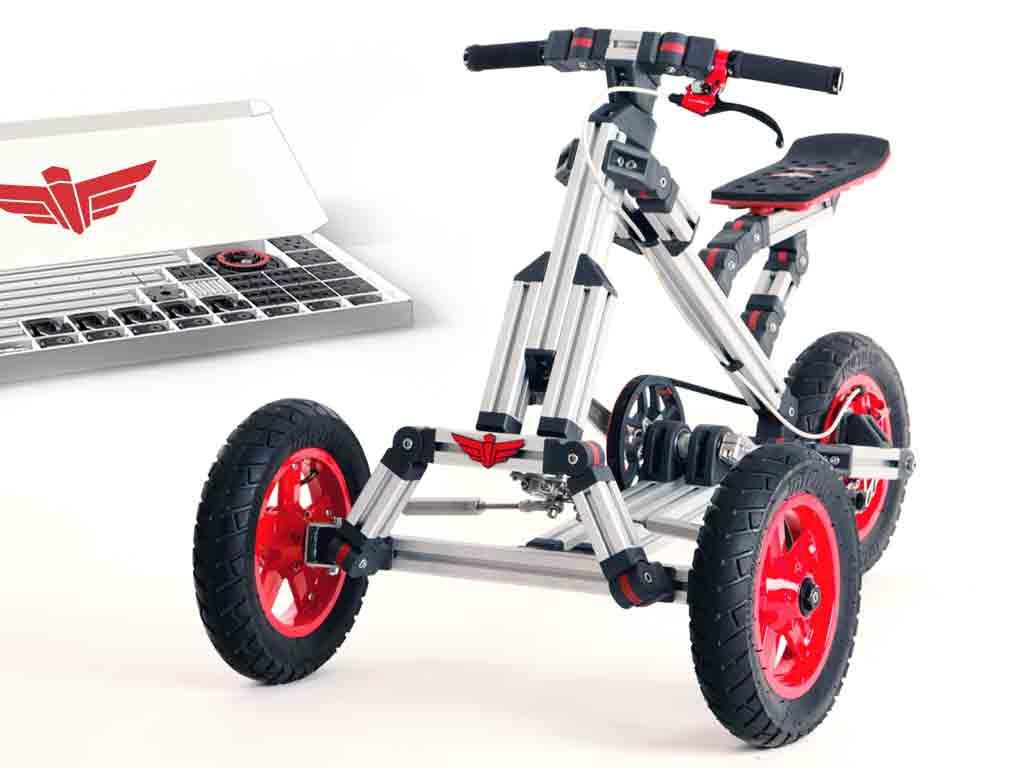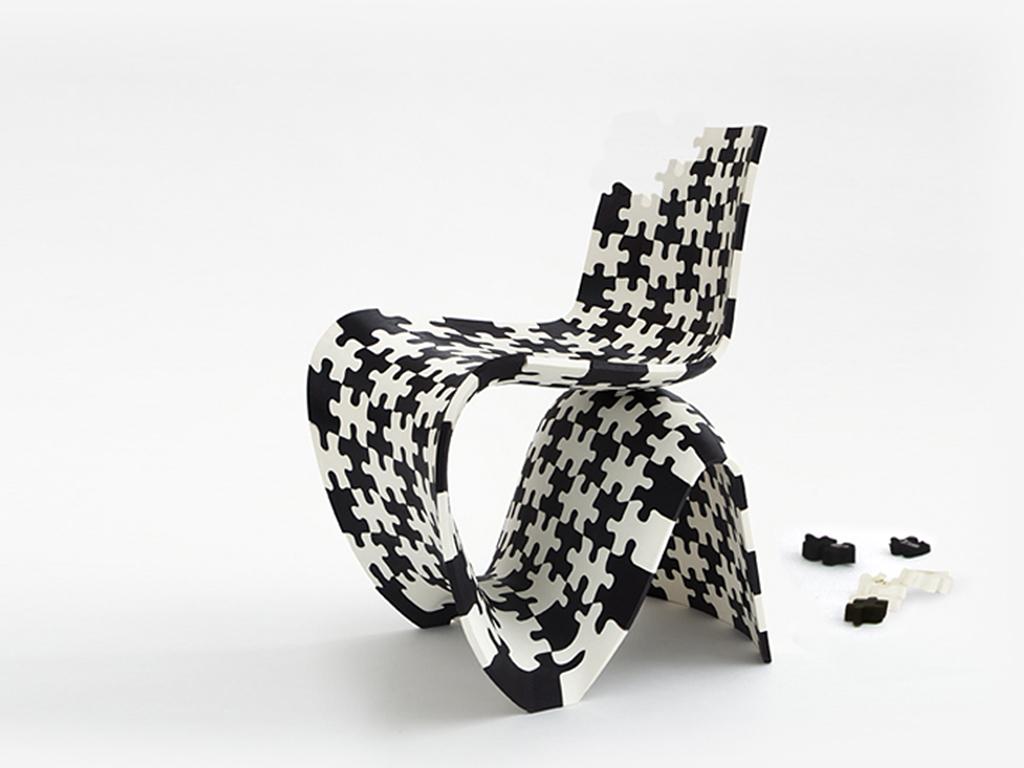"One of the tenets of user-centered design is that users should be involved as much as possible in the design process. [...] However, in practice it is often a challenge for companies to actively and advantageously involve end-users in the design process of their products. Main reasons are that users find it often difficult to understand the implications of the early ideas and concepts proposed by the designers and to imagine the future use of the products."
Those words were part of the introduction of the symposium 'Design Through Exploration' which I joined. It was held on June 13th at the Media Plaza in Utrecht.
I was very curious about the morning program: designers from companies with a big name (such Océ or DAF) would reveal a bit of how they practise user-centered design and what importance and role it has on the development of their product/service. Beforehand, I was a bit critical about how 'big' companies handle user-centered design. Too often I have listen to stories which ended up in poor interaction with end-users, but just enough for this big company to claim to everyone 'you see, we also do user-centered design'. More considering user-centered design as a marketing trick than a real process.
So I was hoping for slightly more than that. And happily I got more than that! The focus of the day was on the method: how do you do it ? What tools do you use? What is its impact/influence on the design process? I particularly enjoyed the presentation of Jo Geraedts, Design Manager at Océ. He literally showed us the backstage of the design of an Océ printer (which can take up to eight years) with all its services around it. Profile of the different type of end-user, wooden mock-ups to test the logic of the workflow, paper interfaces to simulate the real one, etc. That case made clear that probably Océ wouldn’t be as successful if they would simply do without.
And as part of the REPAR project, they also explored how virtual reality could also help gathering qualitative insights. They tested the 'Virtual Printshop' (from Jos Thalen) which is a 3D world à la FPS-like game where the people (the actual staff of the printshop) were asked to load paper in an Océ printer (and several design arrangements of it were proposed). The interests of using such method were that the 3D modelized printshop is actually bringing some dimensions that a lab setup won’t: ‘realistic mess’ (unlike a clean/sterile lab were everything is under control), (virtual) clients queuing at the front desk (plus their sounds), and spatial advantage (the virtual printshop shown was maybe 50 m2 but easily could be changed to even bigger spaces, unlike the physical and limited space of a lab). And the staff of the printshop were asked to evaluate the workflow inferred by the different printer designs by actualing trying it out on this virtual spot.
I have been also introduced to the 'Co-constructing stories method' (from Jacques Terken and Derya Ozcelik Buskermolen) which aims to collect feedback from end-users on concepts at early stages of the design process. That happens in two steps: a first sensitizing phase make the user reacting on a past or present situation. The second step starts with the visionary story told by the designer that introduces the concept in an envisioned context. Later on the user is invited to reflect and re-tell the first story if the future concept would be available. What would be different? better? worse? advantages? drawbacks? etc. The discussion can be supported by various materials (sketching, picture, maps) to enhance the user’s input. The advantage of doing such two steps conversation is that you ideally avoid that the interviewed user looks at the future concept with a past or present look from the beginning on. But more the other way around.
The day was very inspiring. I definitely feel that we are going to try out the 'Co-constructing stories' methodology, as it is very close to our own methodology of 'Users as Designers' at Waag. Overall, I have seen several ways of collecting inputs from daily experts (the users!). As usual, the most important is to use the appropriate one, according to the input you wish to get and how far is the concept developed.
My main learning is that you should not look so much for insights on the concept iteself but more on how your concept relates to what’s around it, what are the implications of it in relation with its context. And context in the broad meaning of the word: spatial (how does it fit in that space?), social (what are the implications of using such ‘concept’ in a social context?), economical (what implications on the economical level?), etc...


